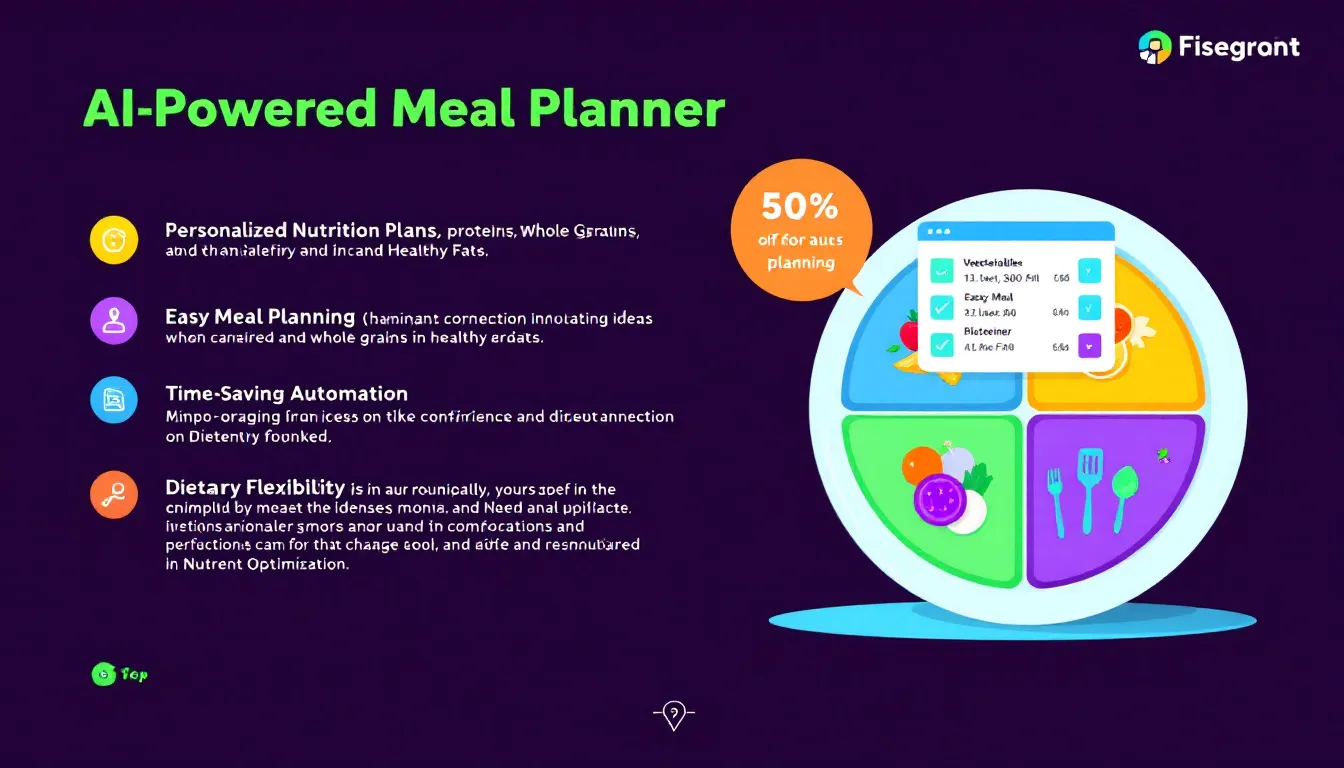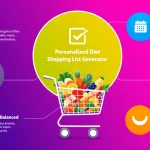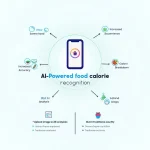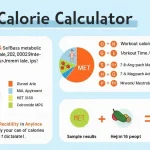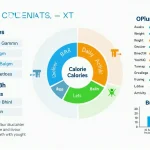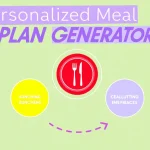Is this tool helpful?
How to Use the Personalized 7-Day Meal Planner Effectively
Step-by-Step Guide to Creating Your Custom Weekly Meal Plan
Follow these steps to design a meal plan tailored to your lifestyle and dietary needs:
- Type of diet: Enter your preferred diet style. For example, you can try “Paleo” or “Low FODMAP”.
- Dietary restrictions or allergies: Specify any food sensitivities or allergens, such as “Dairy-free” or “Egg allergy”.
- Daily calorie goal: If you want to control calorie intake, provide a target like “2500” or “1500” calories.
- Preferred cuisines or flavors: Suggest cuisines or taste profiles to make your plan more enjoyable, like “French and Middle Eastern” or “Spicy Caribbean”.
- Generate Meal Plan: Click to receive a detailed, personalized 7-day meal plan based on your inputs.
Your customized meal plan will include balanced daily menus with recipes and a shopping list, making healthy eating simple and convenient.
Introduction to the Personalized 7-Day Meal Planner
What This Tool Does and Why It Helps
The Personalized 7-Day Meal Planner is a practical tool that creates weekly meal plans tailored to your dietary preferences, restrictions, and nutritional goals. This meal planner saves you time, reduces guesswork, and supports healthy eating by offering custom menus designed to fit your unique needs.
Benefits You Get From Using This Meal Planner
- Custom diet plans: Tailored to your specific eating style and calorie requirements.
- Allergy and restriction handling: Avoids ingredients that may cause adverse reactions.
- Time-saving: Cuts down the hours spent planning meals and looking for recipes.
- Varied cuisines: Adds diversity by incorporating your preferred flavors and cooking styles.
- Complete guidance: Provides recipes and a grocery list for easy shopping.
- Supports health goals: Aligns meal plans with weight management, performance, or specific dietary needs.
Practical Uses for Your Custom Weekly Meal Plan
1. Managing Weight With Precision
Use the planner to create calorie-controlled meal plans for weight loss, maintenance, or muscle gain. The daily calorie goal helps adjust portions and ingredients accordingly.
- Example: A 1600 calorie/day meal plan focusing on high-protein, low-carb meals for fat loss.
- Example: A 2800 calorie/day plan with balanced macros to support muscle growth.
2. Supporting Specific Health Conditions
Generate plans that cater to conditions like diabetes, hypertension, or food intolerances by adjusting diet types and restrictions.
- Example: Low sodium, heart-healthy Mediterranean meals for blood pressure control.
- Example: Diabetic-friendly meals focusing on low glycemic index ingredients.
3. Tailoring Nutrition for Active Lifestyles
Athletes and active individuals can design meal plans that support energy needs and recovery by specifying diet types and calorie goals.
- Example: High-carb, nutrient-dense meals fueling endurance training.
- Example: Protein-rich plans to aid muscle repair post-workout.
4. Simplifying Family Meal Planning
Create meal plans that accommodate multiple dietary needs within a household by listing all restrictions and preferences.
- Example: Combining vegetarian and gluten-free requirements for a family meal plan.
- Example: Including flavor preferences for family members to keep meals enjoyable for all.
How Personalized Meal Planning Enhances Nutrition and Convenience
Balanced Nutrition Made Simple
The planner ensures your meals meet macronutrient and micronutrient guidelines by distributing proteins, fats, and carbohydrates properly throughout the day. It takes calorie goals and dietary specifics into account to design menus that optimize your nutrition.
Saving You Time While Keeping Meals Exciting
Batch cooking and meal prep suggestions make your week smoother. The planner often recommends dishes that reuse ingredients creatively, saving you effort and reducing food waste.
Frequently Asked Questions About the Personalized 7-Day Meal Planner
Can this planner handle multiple dietary restrictions at once?
Yes, you can input all your allergies, intolerances, and diet rules simultaneously, and the planner will generate a compliant meal plan tailored to your needs.
How often should I create a new meal plan?
Generating a meal plan weekly keeps your meals varied and aligned with your goals. You can also create plans more or less frequently based on your preferences.
Can I specify the number of meals per day?
While the basic plan suggests breakfast, lunch, dinner, and snacks, you can customize meal frequency by mentioning your desired number of meals in the dietary restrictions or preferences input.
Will the meal planner help with portion control?
Yes, each meal includes suggested portion sizes that align with your calorie target and nutritional needs to help you manage your intake effectively.
Is meal prep guidance included in the plan?
Absolutely. The planner offers meal prep tips and batch cooking strategies to streamline your cooking routine throughout the week.
Can I request specific dishes or flavors?
You can include favorite cuisines or flavor preferences in your input, and the planner will do its best to incorporate similar meals into your weekly plan.
Important Disclaimer
The calculations, results, and content provided by our tools are not guaranteed to be accurate, complete, or reliable. Users are responsible for verifying and interpreting the results. Our content and tools may contain errors, biases, or inconsistencies. Do not enter personal data, sensitive information, or personally identifiable information in our web forms or tools. Such data entry violates our terms of service and may result in unauthorized disclosure to third parties. We reserve the right to save inputs and outputs from our tools for the purposes of error debugging, bias identification, and performance improvement. External companies providing AI models used in our tools may also save and process data in accordance with their own policies. By using our tools, you consent to this data collection and processing. We reserve the right to limit the usage of our tools based on current usability factors.
